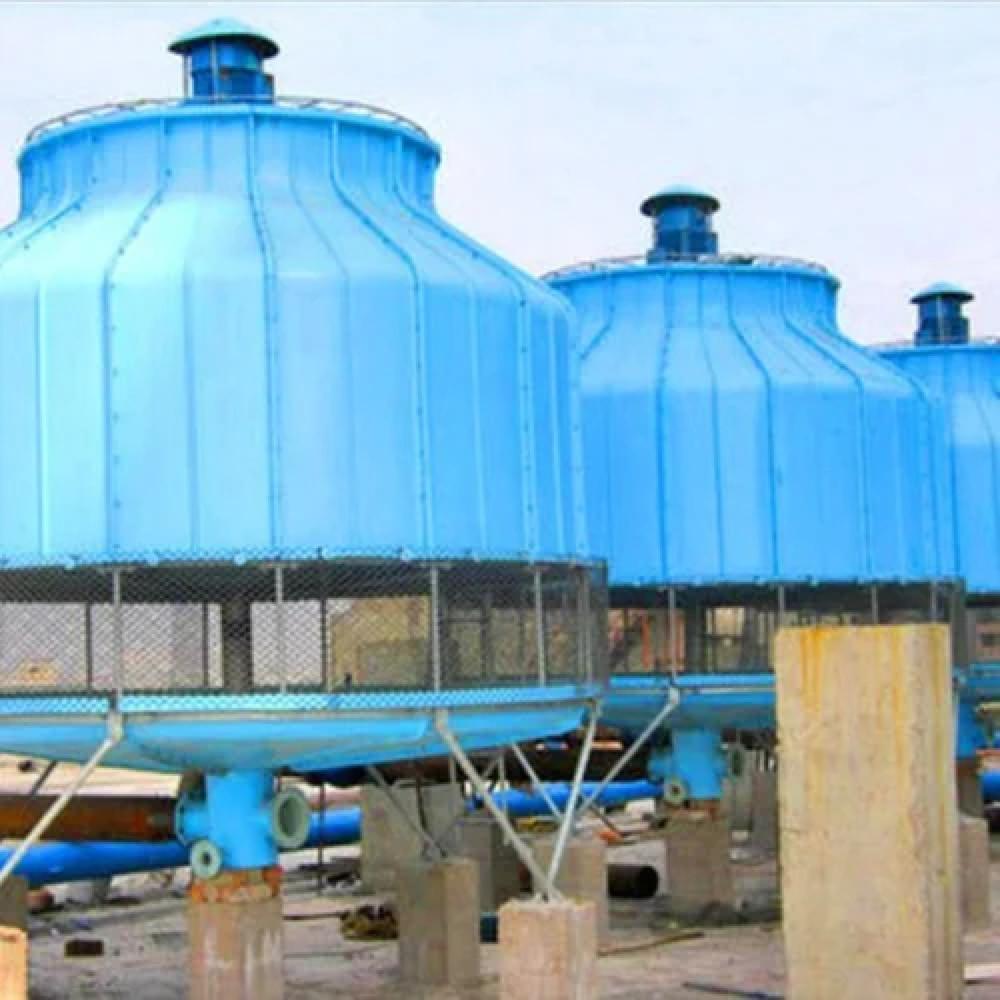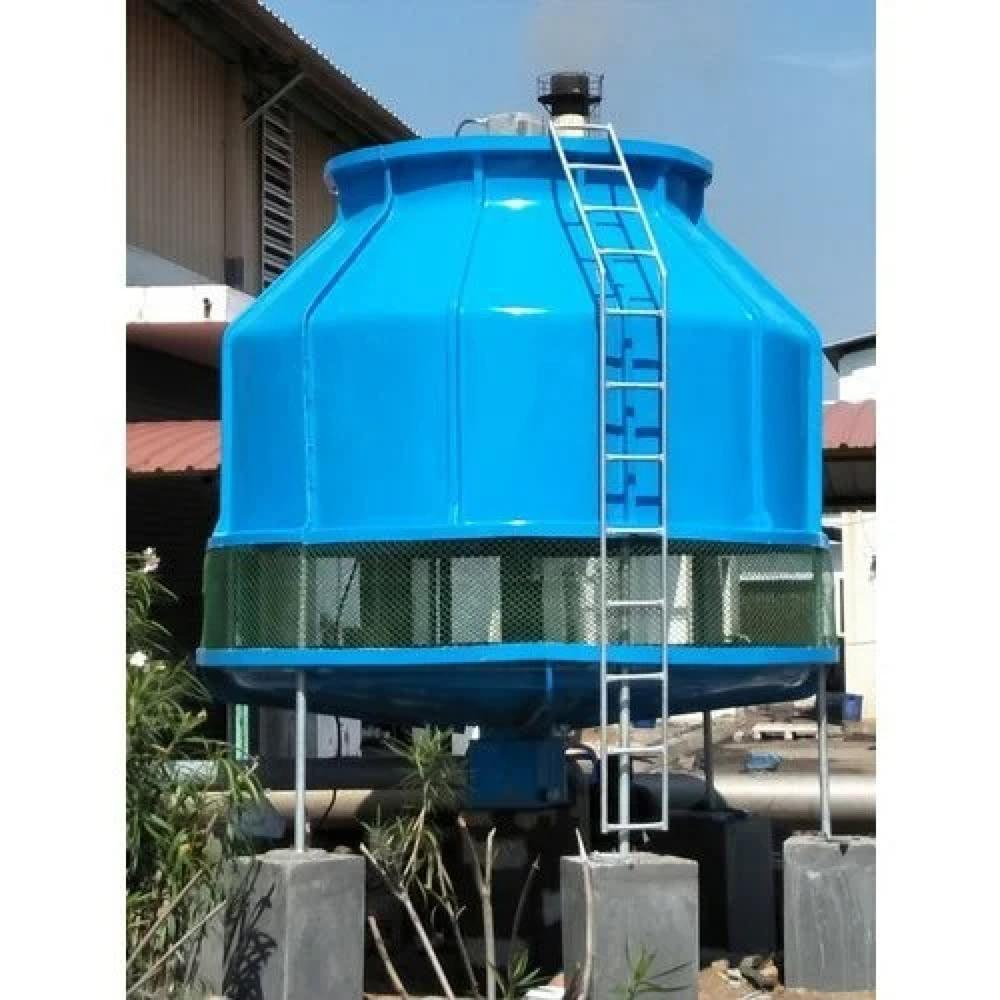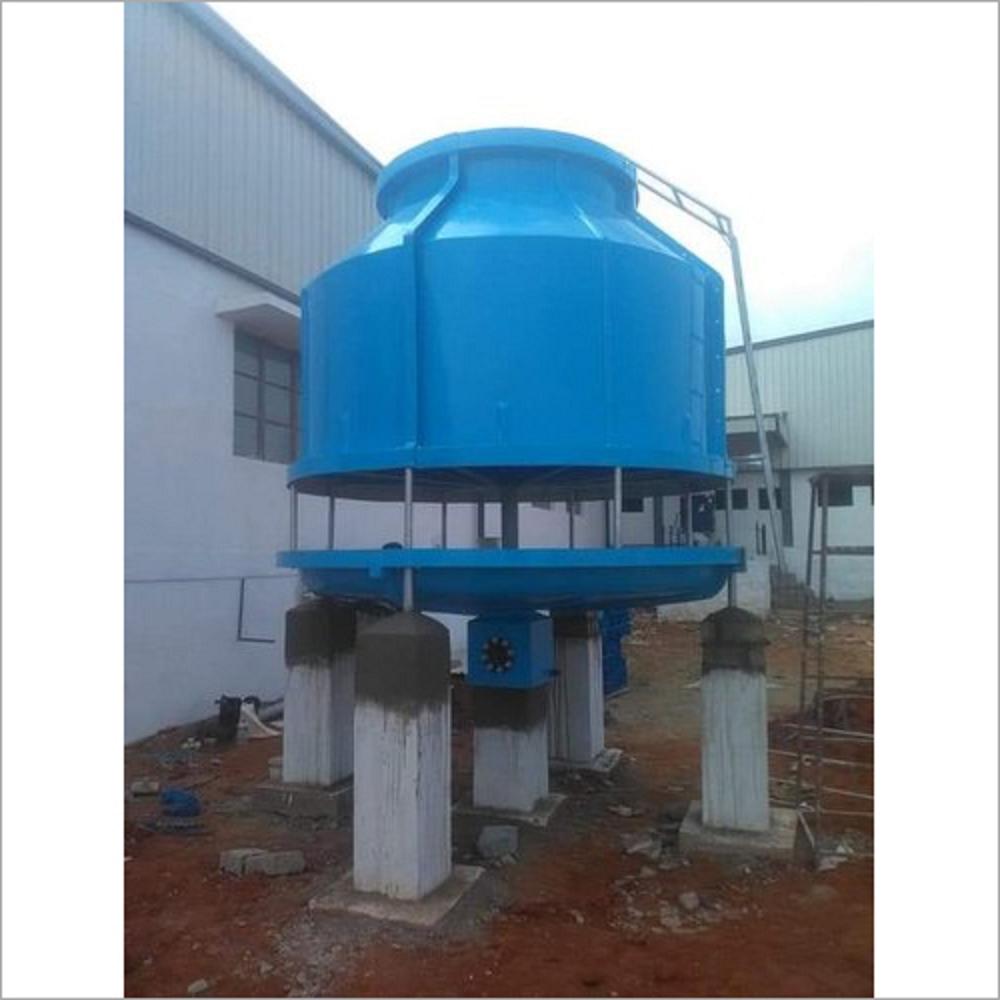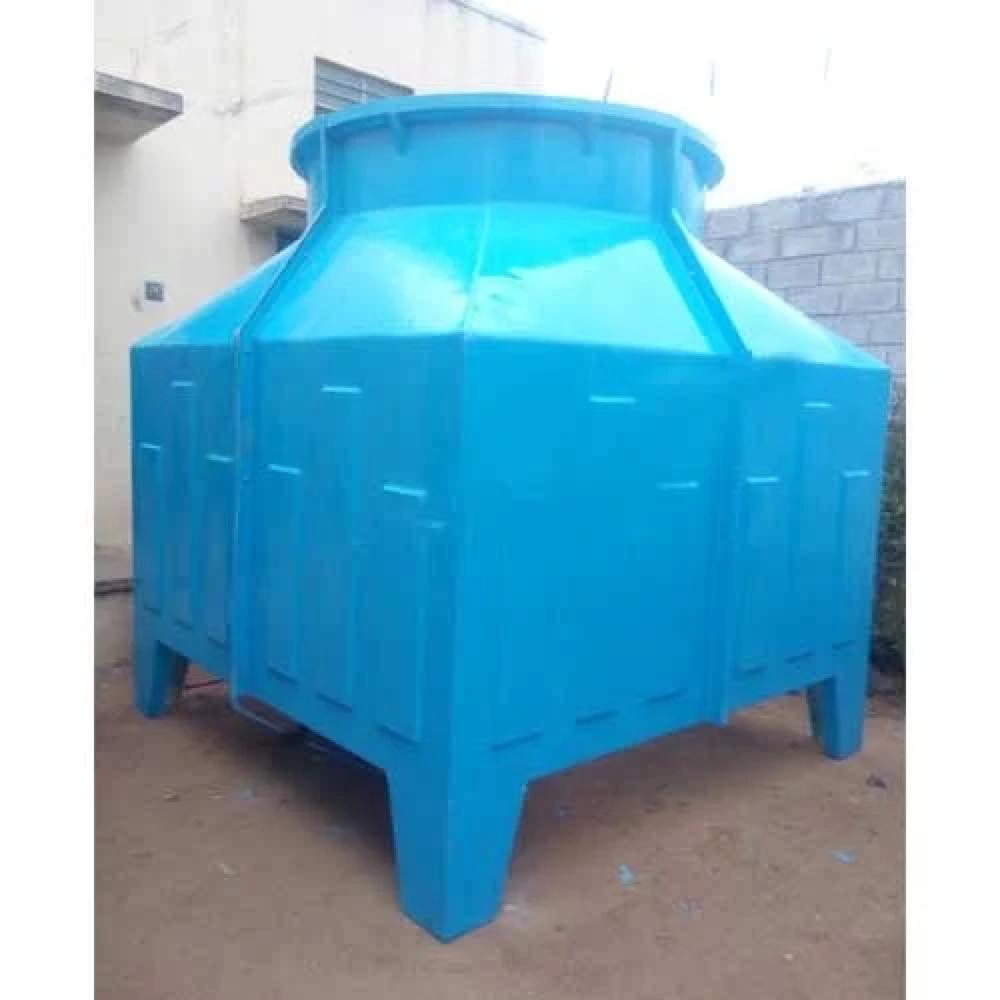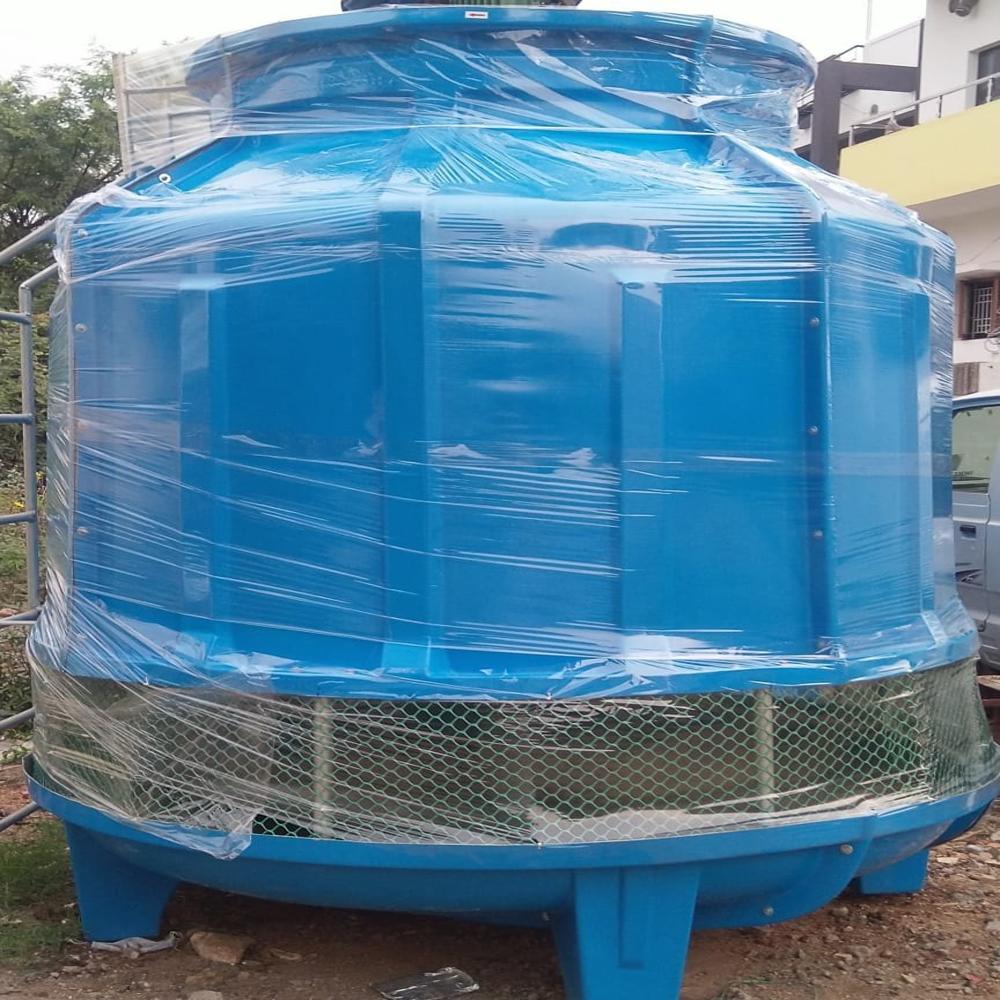20Tr Round Type Cooling tower
Product Details:
- Length 30 Inch (in)
- Usage industrial
- Material FRP
- Product Type Round Cooling Tower
- Weight 360 Kilograms (kg)
- Width 30 Inch (in)
- Height 84 Inch (in)
- Click to View more
20Tr Round Type Cooling tower Price And Quantity
- 1 Number
- 28000.0 INR/Number
20Tr Round Type Cooling tower Product Specifications
- 20TR
- 30 Inch (in)
- 84 Inch (in)
- industrial
- 30 Inch (in)
- 360 Kilograms (kg)
- Yes
- Round Cooling Tower
- Round type cooling tower
- FRP
- Blue
20Tr Round Type Cooling tower Trade Information
- Cash in Advance (CID)
- 30 Number Per Month
- 2 Week
- All India
Product Description
Round cooling towers, also known as bottle-type cooling towers, are a common type of cooling system designed to cool industrial process water, utilizing a round or bottle-like shape to distribute airflow evenly and efficiently.
Key Features and Characteristics:
- Shape and Function:
The round shape facilitates even airflow distribution, and the towers are designed for induced draft counter-flow operation, meaning air flows upwards in a counterflow direction to the water flowing downwards.
- Materials:
They are often made of materials like FRP (fiberglass reinforced plastic) for durability and corrosion resistance. Round cooling towers, also known as bottle-type cooling towers, are a common type of cooling system designed to cool industrial process water, utilizing a round or bottle-like shape to distribute airflow evenly and efficiently.
Key Features and Characteristics:
Shape and Function:
The round shape facilitates even airflow distribution, and the towers are designed for induced draft counter-flow operation, meaning air flows upwards in a counterflow direction to the water flowing downwards.
Materials:
They are often made of materials like FRP (fiberglass reinforced plastic) for durability and corrosion resistance.
Water Distribution:
Hot water enters at the bottom and is distributed evenly by rotating sprinklers or perforated branch pipes.
Cooling Process:
The water flows as a thin film through the fill (usually PVC honeycomb) where it comes into direct contact with the ambient air, facilitating heat exchange and cooling.
Applications:
Round cooling towers are used in various applications, including refrigeration, HVAC, process cooling, and industrial and manufacturing structures.
Advantages:
They offer efficient cooling, compact design for space-saving, low maintenance, and can be designed to minimize drift losses.
Industrial Applications:
They are suitable for cooling industrial recycled process water, cooling water from 50 degrees to a temperature that is 4 degrees plus the prevailing wet bulb temperature of the region.
- Water Distribution:
Hot water enters at the bottom and is distributed evenly by rotating sprinklers or perforated branch pipes.
- Cooling Process:
The water flows as a thin film through the fill (usually PVC honeycomb) where it comes into direct contact with the ambient air, facilitating heat exchange and cooling.
- Applications:
Round cooling towers are used in various applications, including refrigeration, HVAC, process cooling, and industrial and manufacturing structures.
- Advantages:
They offer efficient cooling, compact design for space-saving, low maintenance, and can be designed to minimize drift losses.
- Industrial Applications:
They are suitable for cooling industrial recycled process water, cooling water from 50 degrees to a temperature that is 4 degrees plus the prevailing wet bulb temperature of the region.

Price:
- 50
- 100
- 200
- 250
- 500
- 1000+

